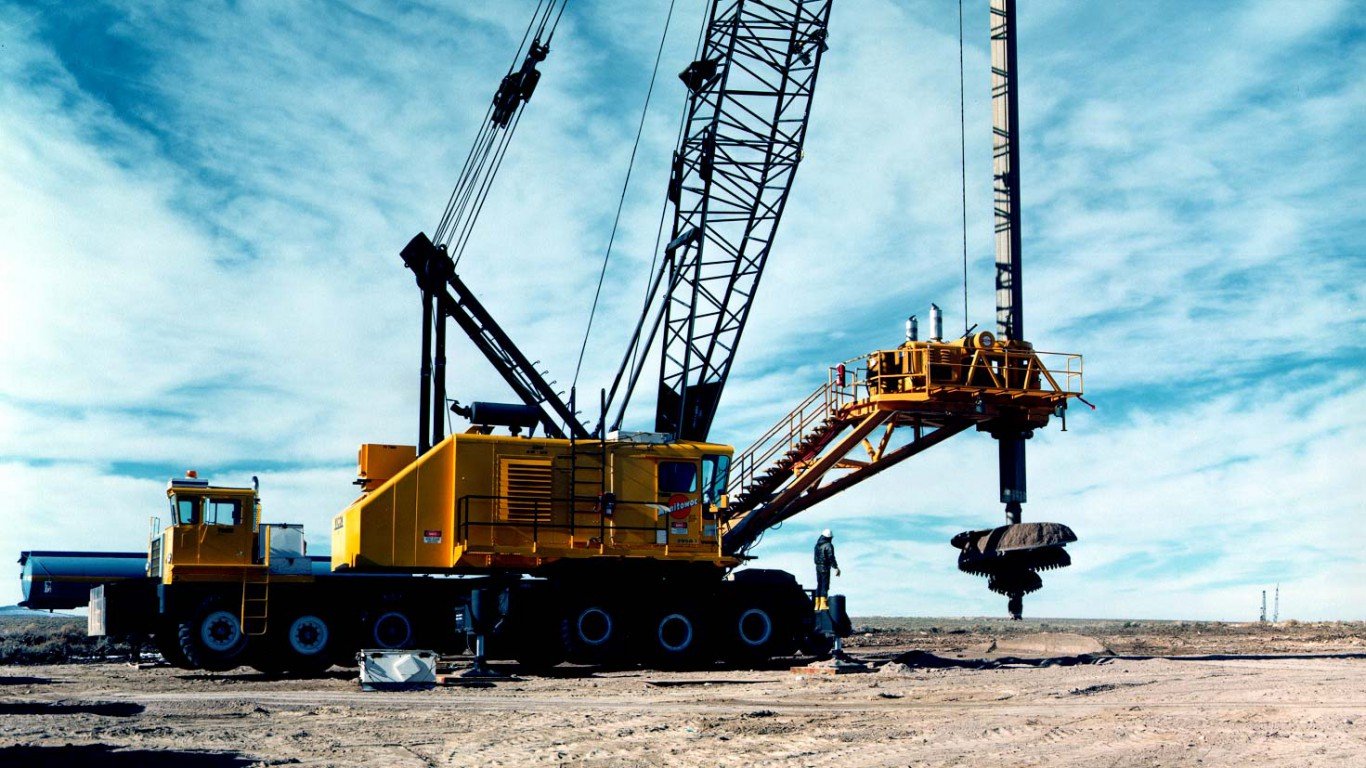

In the week ending November 9, 2018, the number of land rigs drilling for oil in the United States totaled 886, an increase of 12 compared to the previous week and up by 148 compared with a total of 738 a year ago. Including 195 other land rigs drilling for natural gas, there are a total of 1,081 working rigs in the country, up by a whopping 14 week over week and 174 more year over year. The data come from the latest Baker Hughes North American Rotary Rig Count, released on Friday afternoon.
West Texas Intermediate (WTI) crude oil for December delivery settled at $60.67 a barrel on Thursday and traded down about 1.1% Friday afternoon at around $60.00 shortly before regular trading closed. WTI is on track to close the week down by nearly 5%. Brent crude for January delivery traded at $70.10 a barrel, down about 0.8% for the day.
The natural gas rig count remained unchanged at 193 this week, and the number of “miscellaneous” rigs remained at zero. The count for natural gas rigs is now up by 24 year over year. Natural gas for December delivery traded up about 5.9% at around $3.75 per million BTUs, up by about 47 cents compared to last Friday and down about two cents from its high of around $3.82 for the week. That high came earlier today.
Crude oil officially broke into bearish territory Thursday, down about 21% since early October. WTI dropped as low as $59.26 this morning. Even without all the new drilling rigs put to work this week, U.S. production is higher than it’s ever been.
With prices falling, why are producers adding new rigs? There are usually a couple of answers to that question. First, when producers sign land leases they commit to begin work within a specified period. If they don’t the lease is void and can be resold. If a company is sitting on a promising location, drilling now is a no-brainer.
The second reason has to do with financing. Most smaller producers borrow funds to sink new wells and they are on the hook to generate cash flow to make their periodic payments. With extraction costs down around $30 to $40 a barrel, any profit is better than no profit. So it’s drill, baby, drill.
Among the states, Baker Hughes reports that New Mexico and Oklahoma added four rigs each this week while Louisiana added three and Colorado and Pennsylvania each added two new rigs. Alaska and North Dakota each added one rig, and three states — Ohio, Texas and Utah — each lost one.
In the Permian Basin of west Texas and southeastern New Mexico, the rig count now stands at 492, up by five compared with the previous week’s count. The Eagle Ford Basin in south Texas has 76 rigs in operation, three fewer week over week, and the Williston Basin (Bakken) in North Dakota and Montana has 57 working rigs, up by one for the week.
Producers added six horizontal rigs this week and the count rose to 935, while offshore drillers reported a total of 21 rigs, three more than the previous week’s count.
Sponsored: Find a Qualified Financial Advisor
Finding a qualified financial advisor doesn’t have to be hard. SmartAsset’s free tool matches you with up to 3 fiduciary financial advisors in your area in 5 minutes. Each advisor has been vetted by SmartAsset and is held to a fiduciary standard to act in your best interests. If you’re ready to be matched with local advisors that can help you achieve your financial goals, get started now.
Thank you for reading! Have some feedback for us?
Contact the 24/7 Wall St. editorial team.
 24/7 Wall St.
24/7 Wall St.

